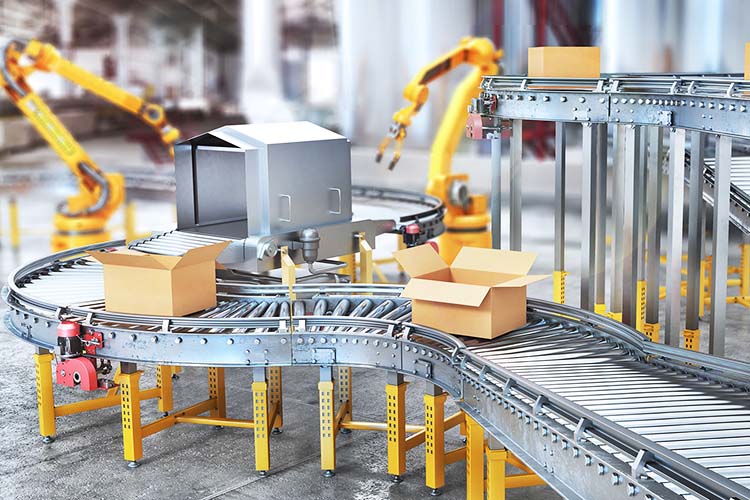How much automation does your packaging line really need
With the increasing use of robotics and automation in production lines, various manufacturing departments are able to reduce costs, provide more consistent quality products and increase profit margins. But how much automation does your packaging line really need?
Simply eliminating workers and oversight from the production line does not always lead to greater efficiency. Manufacturers should understand the requirements of their production lines to choose the right level of automation. Can semi-automated or fully automatic packaging equipment meet their needs?
When deciding to use a semi-automatic or fully automatic packaging machine on your production line, weigh the needs of your packaging operation in relation to employee interaction and skills, quality, safety, productivity, and profitability.
Advantages of full automation level
By implementing a fully automated system, manufacturers can eliminate a lot of labor from the production line. These processes are particularly suitable for use in the pharmaceutical industry as well as in the meat and poultry industry. According to a report by FDAnews, human error accounts for nearly 80 percent of deviations in the pharmaceutical and related manufacturing industries. By fully automating product lines and reducing labor interactions, drugmakers can continue to improve such deviations and ensure customer satisfaction.
In addition, fully automatic production lines help ensure the safety of employees on the production floor. As automation equipment designs improve to allow for safer employee interfaces, employees can increasingly interact with equipment without compromising safety, and skilled workers are able to interact with automation equipment remotely. Fully automated equipment can help improve employee safety on the production line without compromising product quality.

Advantages of semi-automation level
Semi-automated production lines give way to collaborative models that allow automated robots and equipment to work alongside workers on the manufacturing floor. While human error and safety concerns need to be considered for employee interactions on packaging lines, it can also help manufacturers increase the flexibility of their production lines.
Not all applications require the high speed or positioning accuracy of a fully automated packaging system. Sometimes, semi-automatic solutions offer the right amount of flexibility and affordability.
This model provides the opportunity for continuous improvement along the production line for smooth production and increased efficiency. However, a major challenge facing manufacturers across industries in the U.S. today is acquiring, developing, and retaining skilled employees, which may require greater strides toward fully automated production lines.
Differences between full automation and semi automation
Depending on its purpose, full or partial automation can greatly help manufacturers achieve their business goals. The difference between the two depends on one major factor: employee interaction. Fully automated production lines operate with little labor participation, while semi-automated production lines rely on some employee interface to maintain operations.
There are advantages and disadvantages, depending on the situation. Both semi-automated and fully automated operations have a proven track record in reducing production costs, increasing profits, and improving product quality. Which packaging line to choose should strictly be according to your actual situation.
Henan Top Packaging Machinery Co., Ltd is a leading packing solutions provider with almost 30 years. Hope you can find answers from our packing equipment.
